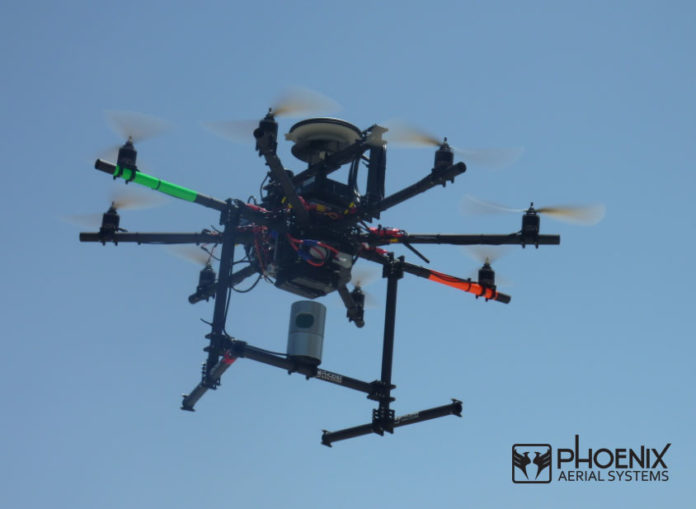A new system of recognizing obstacles has been developed at the Massachusetts Institute of Technology; it will enable the UAV to fly through woodlands at the speed of up to 48 km/h (30 mph).
The developers emphasize that equipping small aircrafts with LIDAR (Light Identification Detection and Ranging) devices is difficult because of the large weight and dimensions, and simulation of a virtual map of the territory at high speed is not too practical.
The system established by the members of MIT includes two stereoscopic cameras and two mobile 4-core processors which process the videos in real-time. The system detects obstacles at the distance of 10 meters and immediately recalculates the route. The researchers argue that their development works 20 times faster than the existing analogues.







